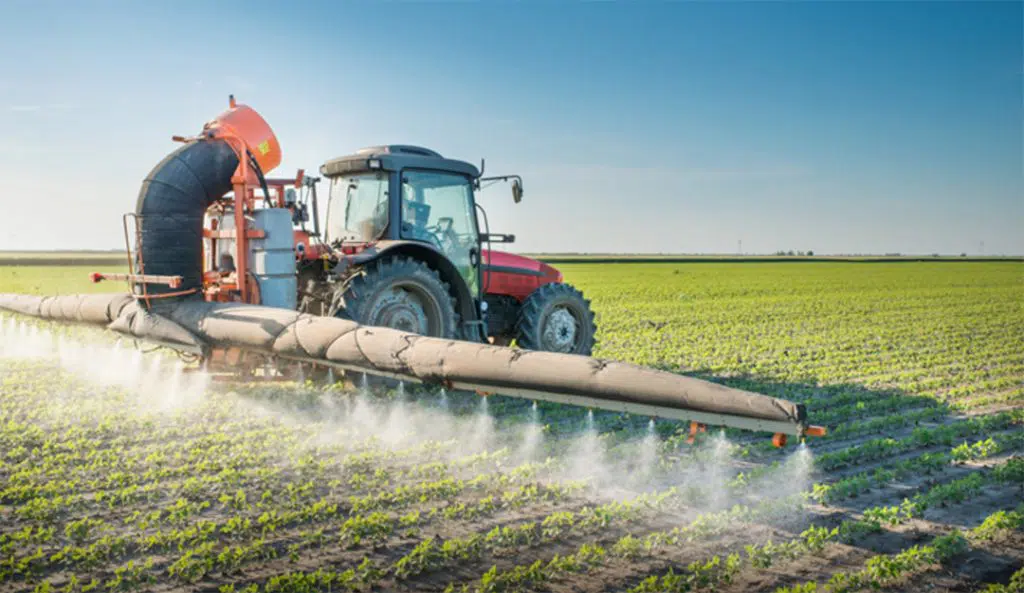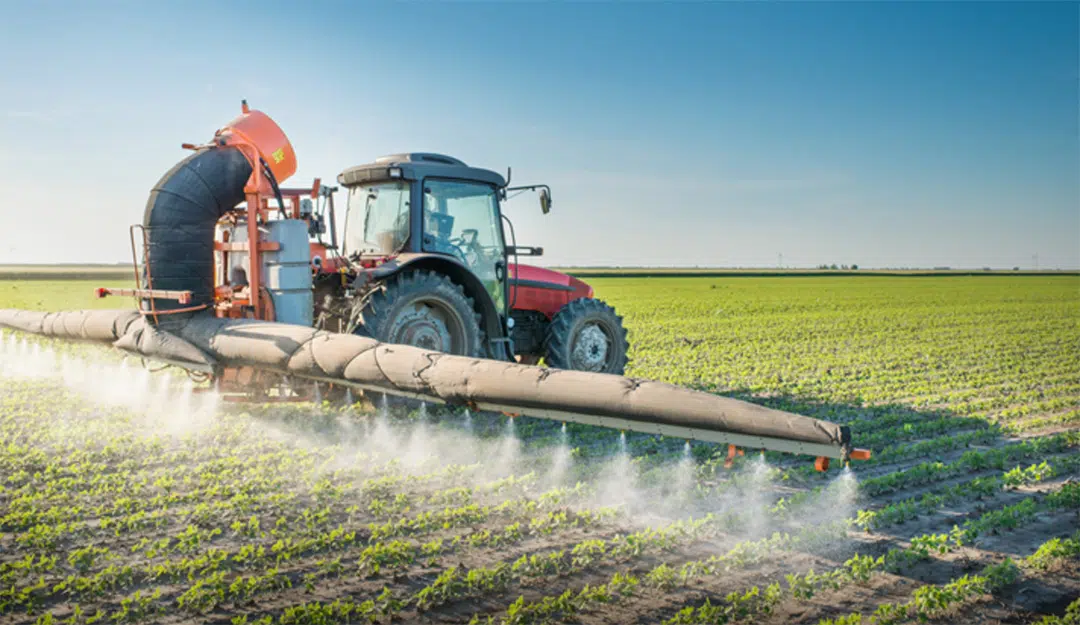In the 1940s, chemical weed control emerged as the most efficient method to ensure that food production kept pace with population growth. In fact, it is believed that the development of chemical weed killers, or herbicides, helped revolutionize agriculture.
A widely accepted notion is that in the absence of chemical weed control, mankind would need to farm four times the amount of acreage to produce sufficient food.
What is chemical weed control?
A weed is a plant that grows in a place where it interferes with the activities and welfare of humans. To that end, weeds often need to be controlled and chemical weed killers, or herbicides, are used for that purpose.
Herbicides are designed to either kill or inhibit the growth of plants and are applied where weed control is desired.
Pros and Cons of using herbicides
Pros
- Reduced hand labor – besides eliminating the harmful effects of manual labor on crop productivity, herbicides are cost effective whereas manual labor is expensive.
- Increased profit – due to the elimination of labor and more efficient weed control.
- Reduced cultivation/tillage – procedures that require costly energy resources and can cause injury to crops.
- Saves time – herbicide application eliminates the need for numerous weed control procedures.
- Decreased energy use – herbicide applications eliminate the number of weed control operations that rely on petroleum for energy.
- Selective weed control – advancements in herbicide technology has seen the design of numerous selective herbicides that are safe on desired plants while being lethal to weeds.
Cons
- Cost – chemical weed control includes costs of herbicide and for the application equipment.
- Mammalian toxicity – herbicides can be toxic to humans and other animal species. Toxic effects may be direct as in during herbicide application, or indirect via the consumption of food contaminated with herbicide residue.
- Toxicity to non-targets – herbicides may drift during application and cause damage to desirable plants away from the area where they were applied.
- Environmental persistence – all herbicides have a measurable environmental life. Thus, some herbicides can persist in the environment. Often referred to as herbicide carry over in crop production, which can lead to injury of succeeding crops.
- Herbicide resistance – occurs when weeds that were controlled by a herbicide develop populations that are tolerant or resistant to that herbicide.
How are herbicides classified?
Herbicides are chemicals which must first be clearly understood to ensure they provide good results when applied. To help applicators, herbicides are classified by:
- Crop of use – information that immediately reveals the crop in which the herbicide can be used.
- Site of uptake:
- Foliar-applied herbicides are taken up when they contact plant foliage, or
- Soil-applied herbicides are taken up by plant roots.
- Activity:
- Contact herbicides – act immediately they come into contact with foliage and are often referred to as burners since plants appear burned.
- Systemic herbicides – are translocated from point of entry into the plant to the point where the herbicide elicits its lethal effect.
- Time of application:
- Preplant – when herbicides (typically soil-applied herbicides) are applied prior to planting.
- Preemergence – when herbicides are applied after planting but before the crop, weed, or both emerge.
- Postemergence – when herbicides are applied after the crop, weed, or both have emerged. Postemergence herbicides are often applied to foliage but can be applied to soil. The exact timing of postemergence herbicide application varies with crop, herbicide, and weed.
Herbicides often work best when they are applied with partner chemicals which are designed to improve their performance. For example:
- Wetting agents that enhance weed control.
- Adjuvants that help prevent herbicide drift.
- Adjuvants that help improve postemergence weed control.
- Adjuvants that aid late season control of perennial weeds.
Herbicide Safety
Herbicides are chemical compounds designed to kill plants. They are beneficial to people when properly used. If herbicides are misused, they can be extremely dangerous. Therefore they must be handled as poisons.
To guarantee our safety, herbicides undergo exhaustive manufacturer’s tests and must pass stringent label requirements before being approved and registered for market by the United States Environmental Protection Agency (EPA).
Ultimately, with proper handling and application, herbicides are among the safest crop production aids available.
To ensure that herbicides are handled and applied with maximum safety, one must:
- Read and fully understand label instructions, and
- Use the appropriate personal protective equipment.
Choosing a herbicide
When it comes down to it, the right herbicide must be chosen for the situation. Here are five tips to help you make that choice.
- Crop safety – the label will have information that specifies on which crops the herbicide can be safely used. Additional information on the label may be provided to help ensure that herbicides remain safe on crops especially when applied in mixtures with other agrochemicals.
- Weed spectrum – positively identifying the weed species to be controlled enables the selection of the best herbicide.
- Field history – knowledge of past history of the field is helpful in determining:
- potential problem weeds,
- whether the field is dominated by any particular weed species,
- if there are resistant or troublesome weeds, and
- if there are any herbicide carry over issues.
- Timing of herbicide application – weed infestations vary in types of species and growth stage of each weed. In addition, environmental conditions may impact the time when herbicides can be applied for maximum efficacy. Choosing the right herbicide for the job is vital under these circumstances.
- Read the herbicide label – Always make herbicide applications based on label instructions. The bottom line is that the label is the law.
Brewer International has been a leader in land and water chemistry since the 1980’s and for over 40 years has proudly served it’s national and regional distributors.
Our products are used widely across the United States in agriculture, aquatics, forestry, rights of way, and land management.
Our customers trust our dedication to quality ingredients, tried and true formulas, and positive outcomes.



